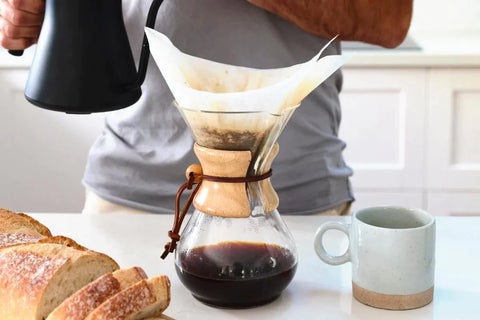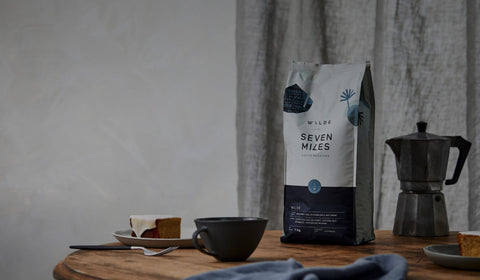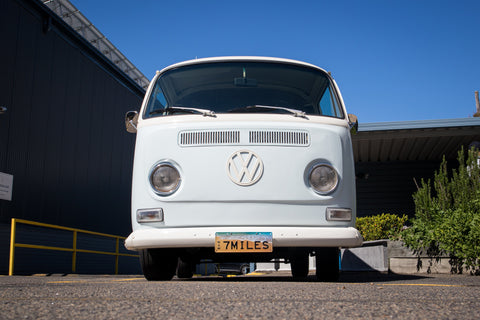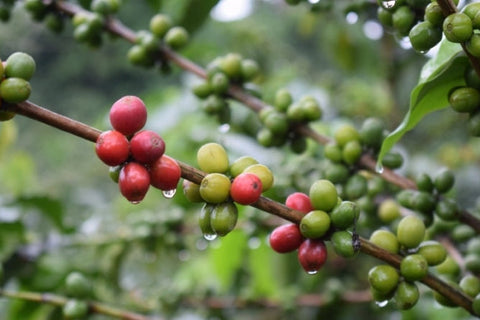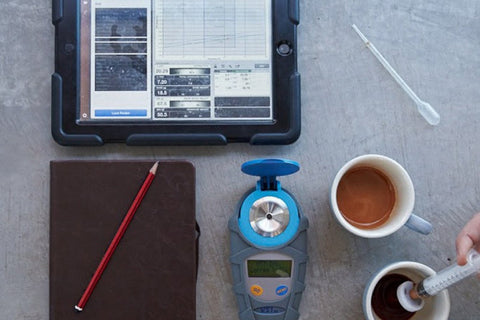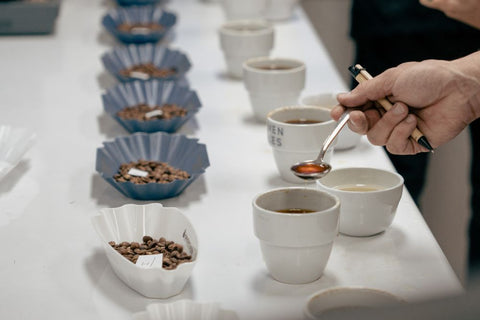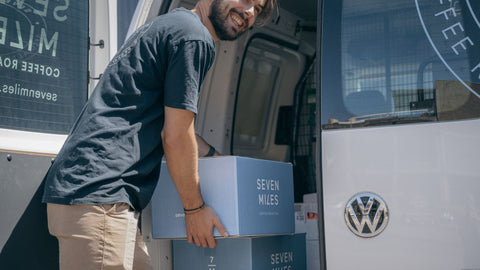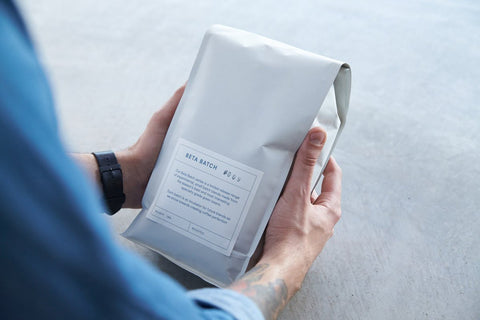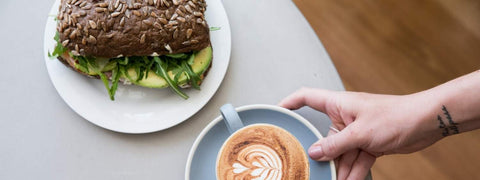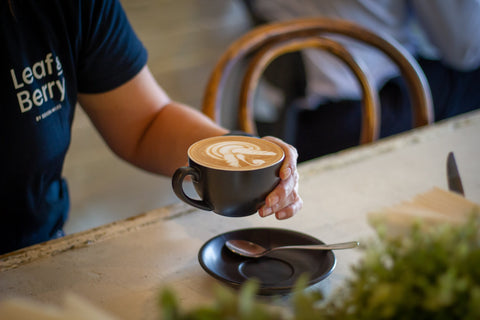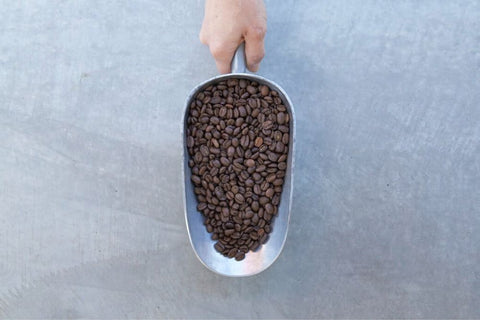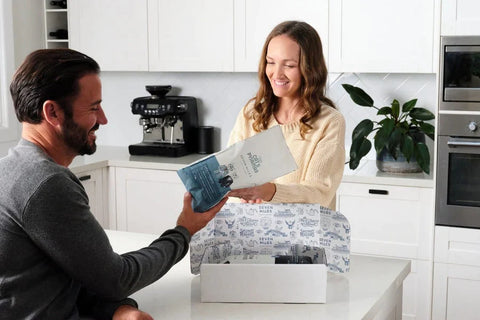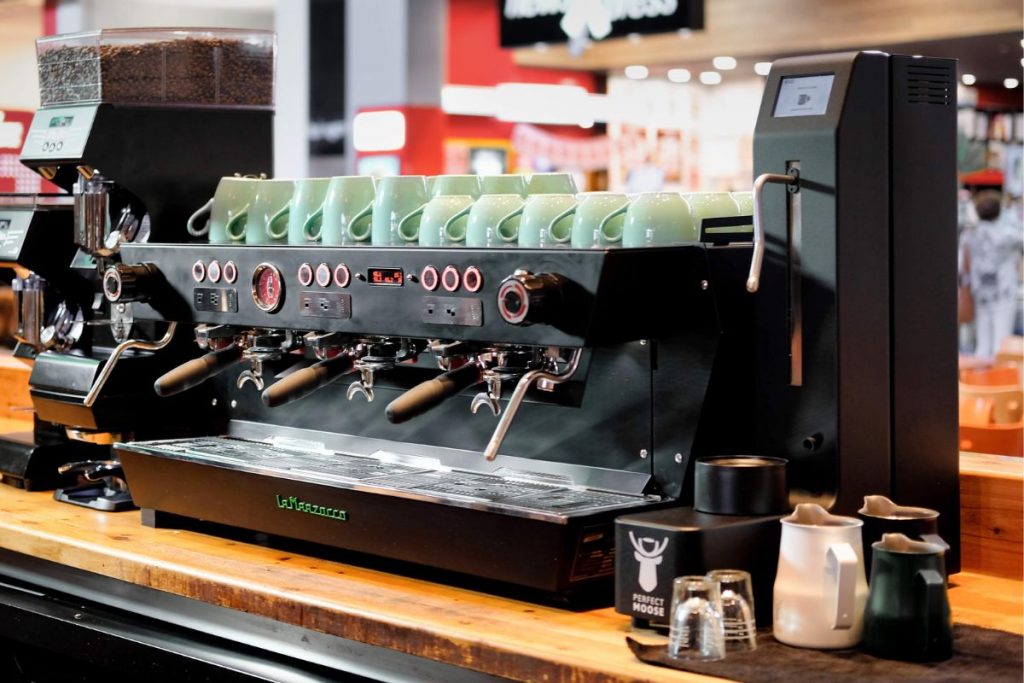Cafes, restaurants & the hospitality industry in general has been struggling with the worst staff shortages we’ve seen in decades.
While technology can’t magically find you an experienced barista or stop your team from sending you a 5am text when they get sick - it can help in other ways. That's because automated systems can make your team more efficient, which means you don’t need to roster as many hours, customers get served more quickly and you do less boring, repetitive work.
With that in mind, here are 5 pieces of technology that can reduce the pressure on your roster & save your business time & money. I’ve put in a rough estimate for how much time & money each of these could save. Just bear in mind that these are estimates, and your situation may vary.
QR Ordering
| Potential Hours Saved | 9 - 10 hours / week |
| Potential Labour Cost Savings | $10 - $12k / year |

Image: Mr Yum
Of all the changes in customer behaviour that Covid has ushered in - for me, this one has the biggest potential to change the way hospitality businesses operate into the future.
Before restrictions began, the idea that customers would happily scan a code to order from the table was pretty close to science fiction. But go into countless pubs & fast casual restaurants and that’s exactly what’s happening - customers are seating themselves & scanning a QR code to order & pay - all without talking to anybody. If you have no idea what I’m talking about, here’s how it works:
- The customer scans a QR code
- Your menu appears on their phone (no app needed)
- They select items from the menu, and pay for it on their phone
- The order is sent to your POS system and prints out a docket to prepare the order
In terms of technology - Mr Yum is the biggest name in the QR Ordering space, but other systems have been quick to add similar features to their platform. Square now offers QR ordering as part of their POS solution, while Lightspeed POS (formerly Kounta) has also added QR Ordering via integration with Bopple & several others.
Of course, this system won’t be a good fit for every hospitality business - but the fact remains: customers are both willing and able to use self-ordering & mobile ordering systems like these, so there has never been a better time to look ways you can streamline your ordering process through technology.
Payment Integration
| Potential Hours Saved | 3 - 4 hours / week |
| Potential Labour Cost Savings | $4k - $5k / year |
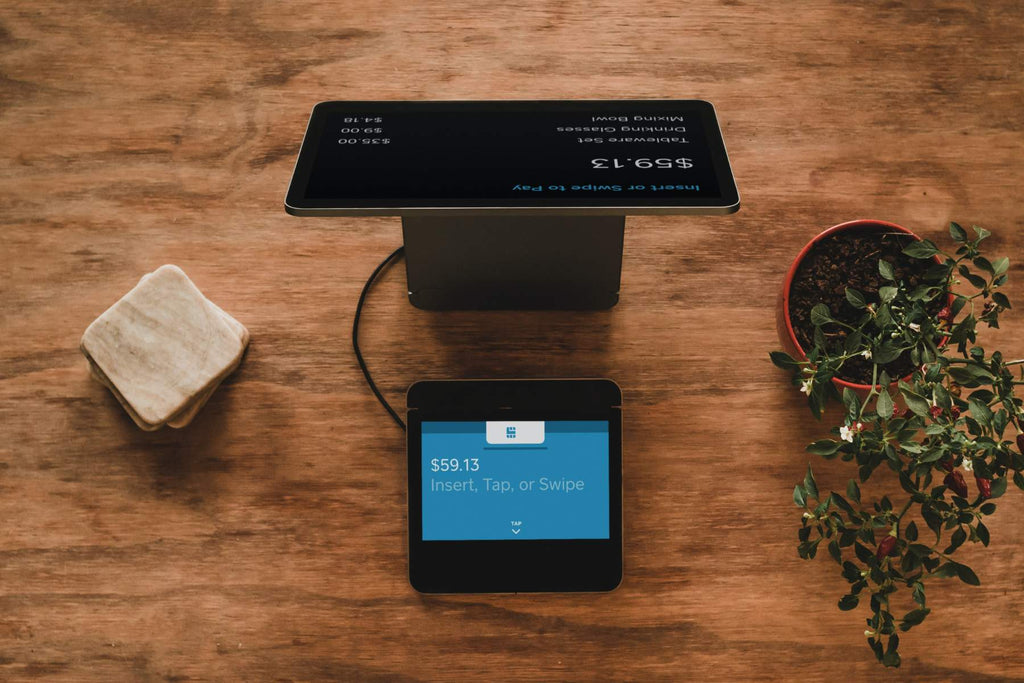
Image: Square
Contactless payments aren’t exactly new, but many small hospitality businesses still use eftpos terminals that aren’t integrated with their POS system. It seems trivial, but those extra few seconds keying in the quantity, handing the terminal to the customer & waiting for it to process really add up across a year.
While integrated card payments used to be for the big end of town, that’s really no longer the case. Square lead the way with their built card terminal, but now pretty much every POS system out there - including Lightspeed, Impos & Ordermate has a number of ways to integrate payments directly into the system.
If you really want to make payments more efficient, then there’s one more step you can consider - going completely cashless. A number of cafe businesses (including our own espresso bars) have removed cash entirely over the last 12 months. Aside from the hygiene advantage, removing cash removes the time needed to manage change, cash up at the end of day, go to the bank - not to mention that it reduces the theft risk for your team.
Again, it’s not for everyone, but it’s worth considering the benefits.
Milk Automation
| Potential Hours Saved | 3 - 4 hours / week |
| Potential Labour Cost Savings | $4k - $5k / year |
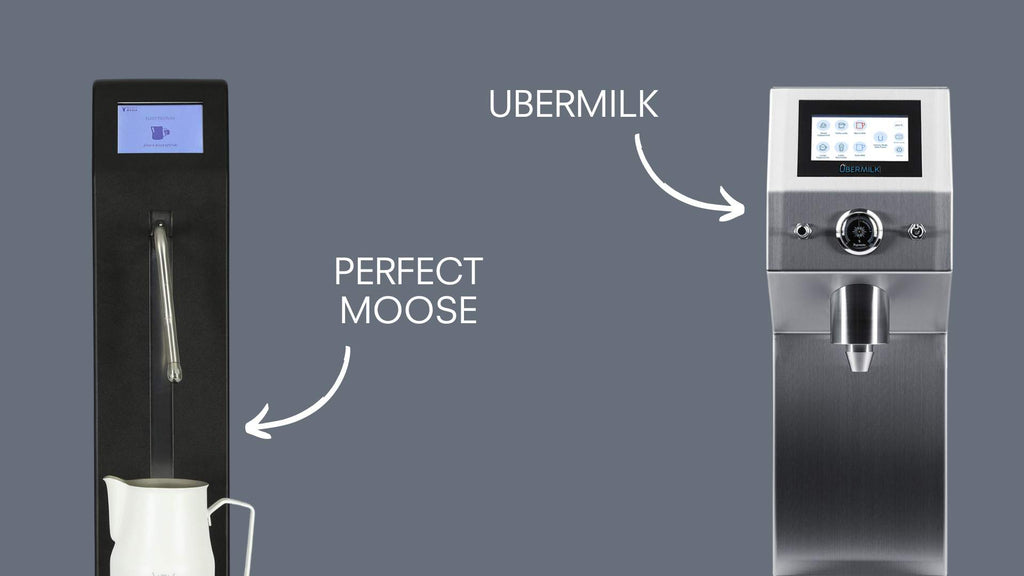 Every barista knows that the biggest bottleneck in getting orders out quickly is steaming milk - I mean, that order for 6 extra-large lattes isn’t going to steam itself - or is it?
Every barista knows that the biggest bottleneck in getting orders out quickly is steaming milk - I mean, that order for 6 extra-large lattes isn’t going to steam itself - or is it?
Devices like the Ubermilk, Perfect Moose & the new ‘Wally’ machine from La Marzocco have really started to change the game for barista workflow. Rather than standing still spinning jug after jug of milk, baristas can get back time to focus on serving customers.
We’ve previously covered the pros & cons of both the Ubermilk & the Perfect Moose on our Youtube channel if you're interested in taking a closer look at this tech in action.
But the big news in this space in 2021 was the launch of the ‘Wally’ by La Marzocco. Smaller (and cheaper) than either the Perfect Moose or the Ubermilk, we’re expecting to see the Wally appear in many cafes in 2022 as these businesses look to free up their baristas from the more repetitive, manual aspects of coffee making
Grind-by-Weight Grinders
| Potential Hours Saved | Around 1 hour / week |
| Potential Labour Cost Savings | $1k - $1.5k / year |
 Pro baristas know that controlling the dose of coffee is key to making consistently delicious espresso. In many cafes, this involves grinding the coffee and then checking the dosage on a separate set of scales - which slows down he process.
Pro baristas know that controlling the dose of coffee is key to making consistently delicious espresso. In many cafes, this involves grinding the coffee and then checking the dosage on a separate set of scales - which slows down he process.
That’s where ‘grind-by-weight’ grinders come in. As the name suggests, these grinders have scales built into the cradle that holds the portafilter. That way, the grinder can find exactly the amount of coffee you specify - sweet.
While the first generation of these grinders were a little slow, the new Mahlkonig E65S GbW is in entirely different league. Grinding a typical 20g dose in less than 5 seconds with incredible accuracy, this level of speed & accuracy can help baristas make faster & better coffee with their eyes closed (not recommended).
(Almost) Full Coffee Automation
| Potential Hours Saved | 5 - 6 hours / week |
| Potential Labour Cost Savings | $8k - $8.5k / year |
 When we mention ‘automatic’ espresso machines it’s natural to think of the kind of self-serve equipment you might find at a convenience store or at a hotel buffet. But that’s not what I’m talking about here.
When we mention ‘automatic’ espresso machines it’s natural to think of the kind of self-serve equipment you might find at a convenience store or at a hotel buffet. But that’s not what I’m talking about here.
No, these machines look like the kind of traditional cafe espresso machine you’re used to, but with a few key differences - like a built-in grinder, automatic milk steaming, and a computer that automatically ‘dials-in’ the coffee to a programmed recipe. Key models in this category include the WMF Espresso (pictured above) and the Eversys Cameo.
Practically speaking, the barista puts a cup under the spouts and just presses a button. For milk, they add cold milk to a jug, place it under the steaming wand and hit go. A few seconds later, they simply pour the milk into the cup and empty out the used coffee - done.
Apart from the obvious savings in time & training, the additional benefit is that the barista is still involved in the process, and remains focussed on the most important part of the process - serving the customer. Despite the benefits, clearly this type of machine is not going to be a good fit for every type of cafe business, but in the right situation technology like this can make a huge difference.
Need some help finding the right technology for your cafe business? Hit us up here so we can help find the setup that’s right for you
*Estimated savings are indicative only. We have based these on our own experience & calculations or from estimates provided by suppliers. Every business is different and your savings are likely to be different.
